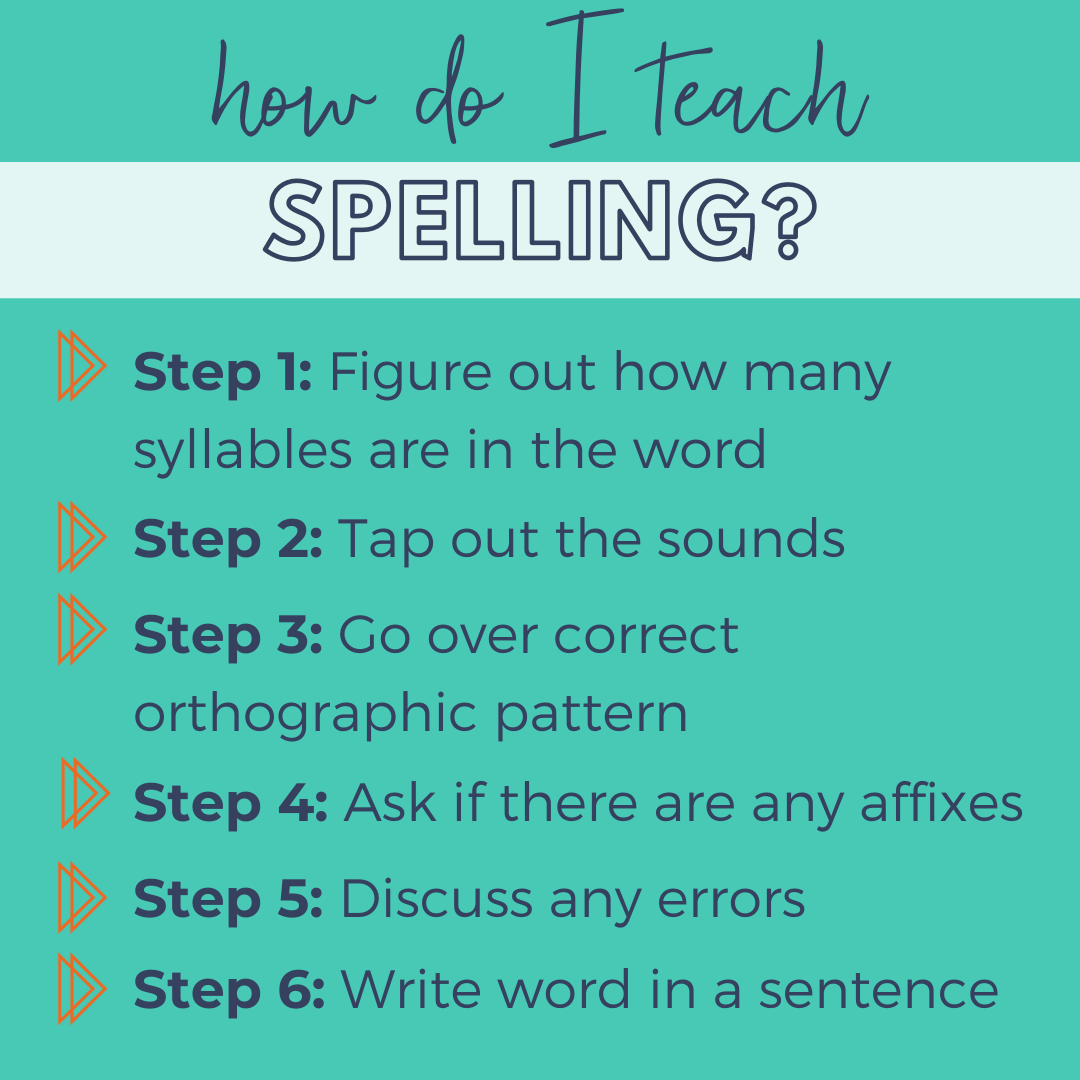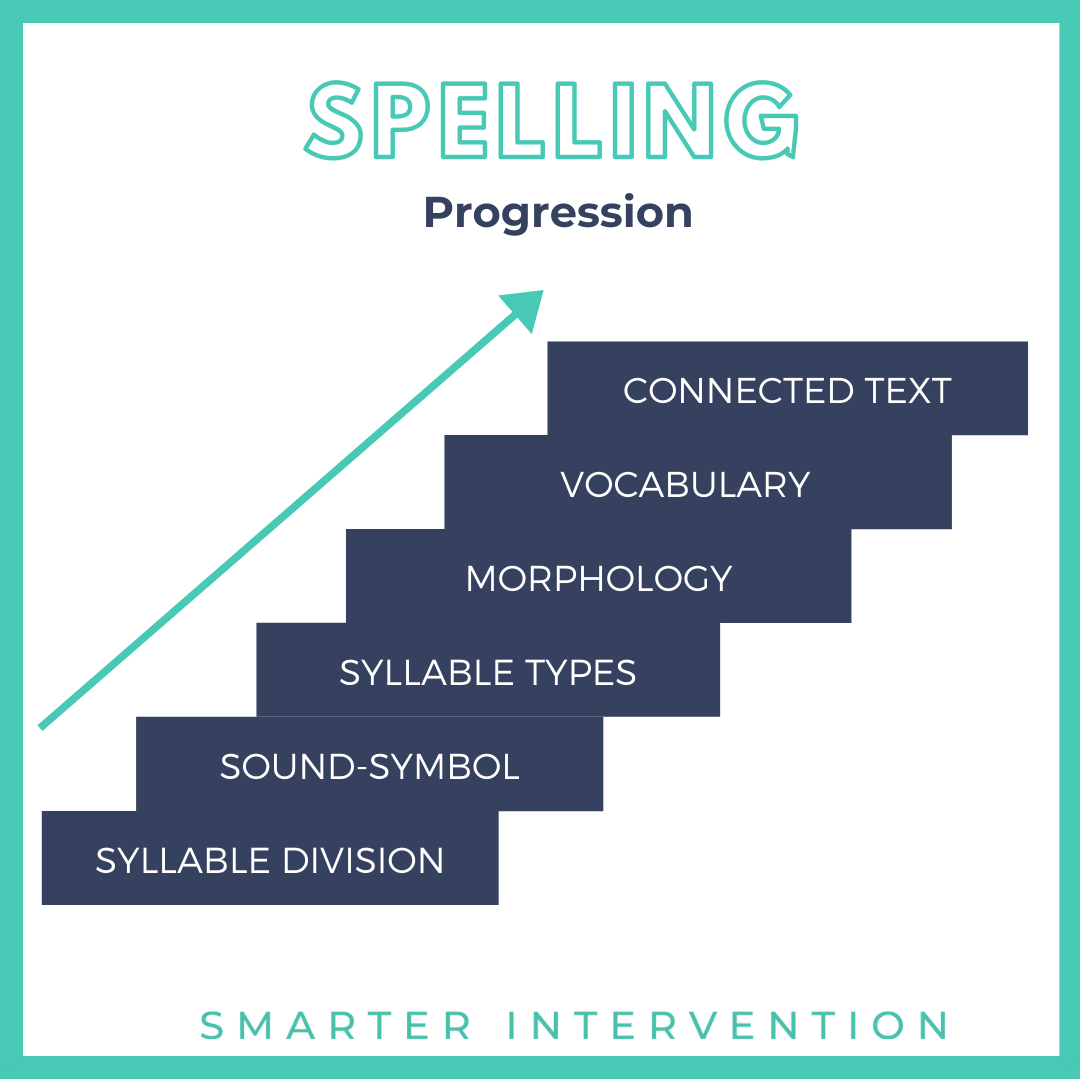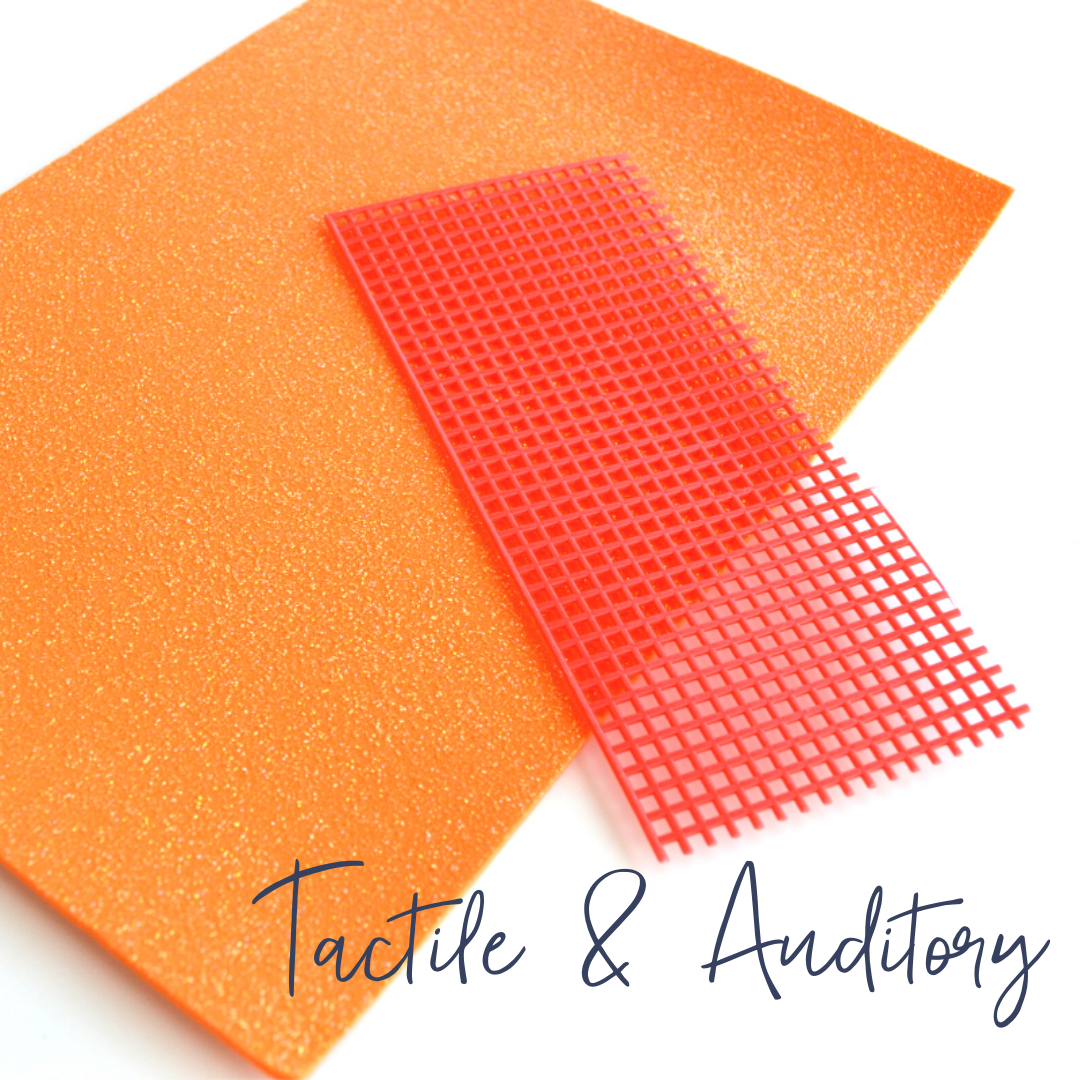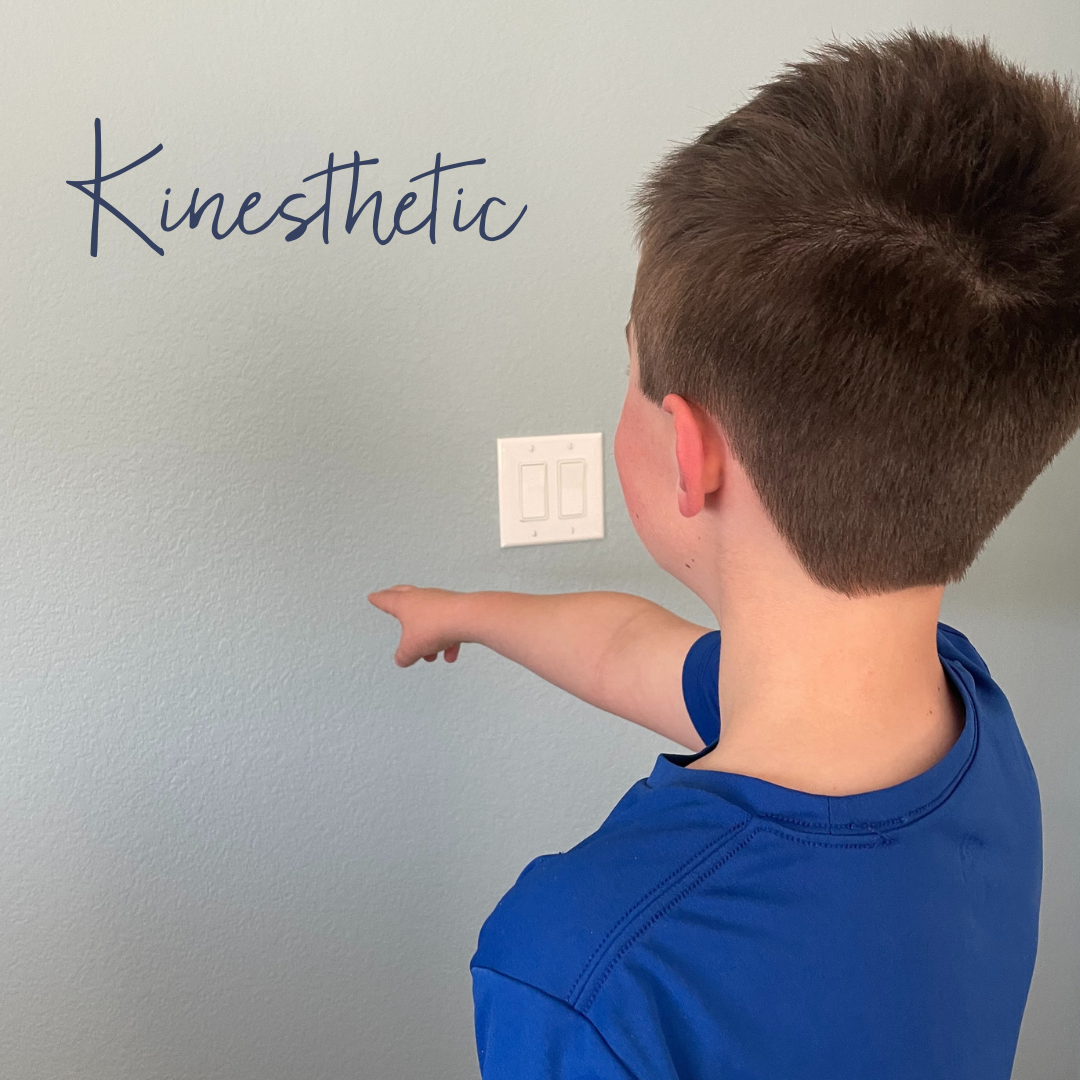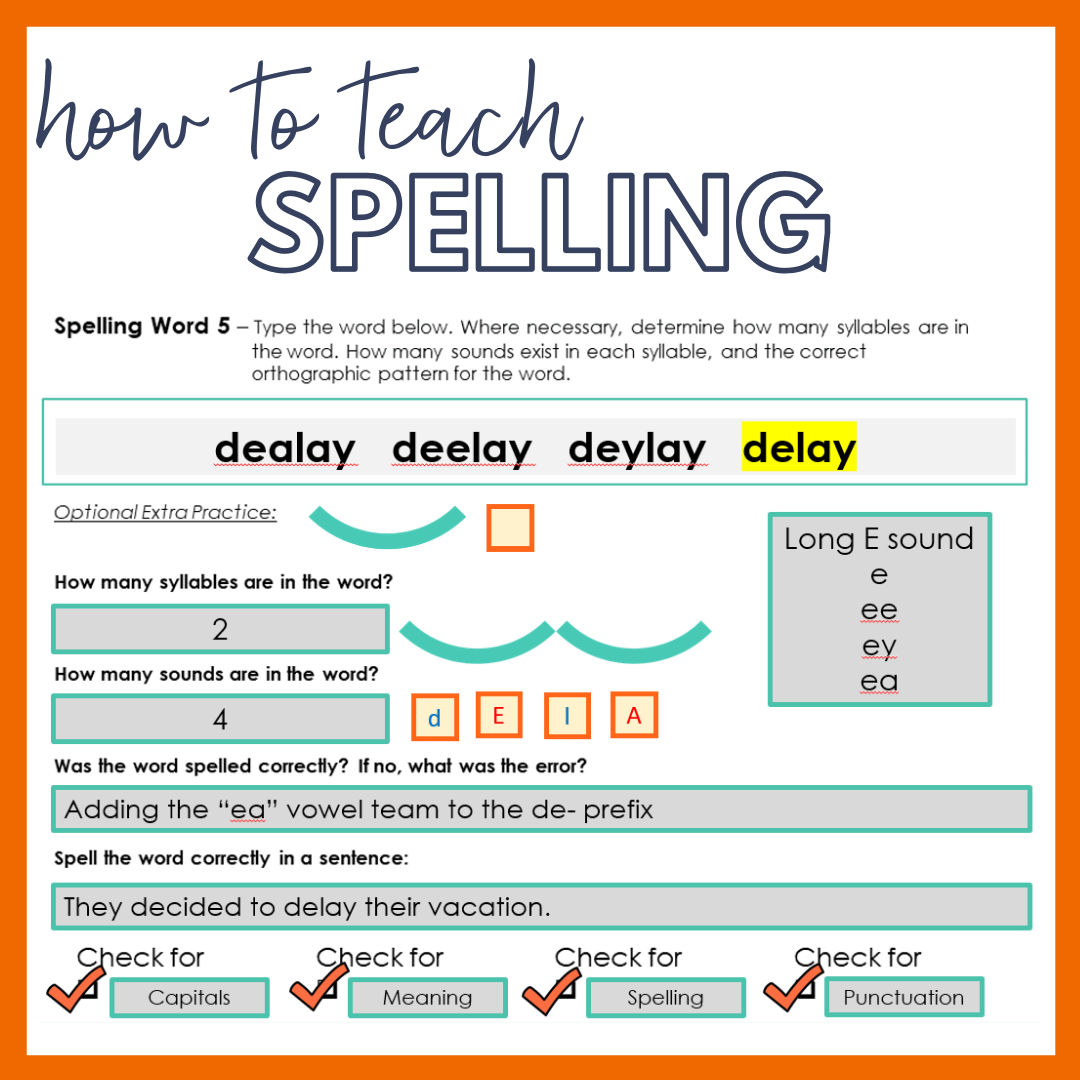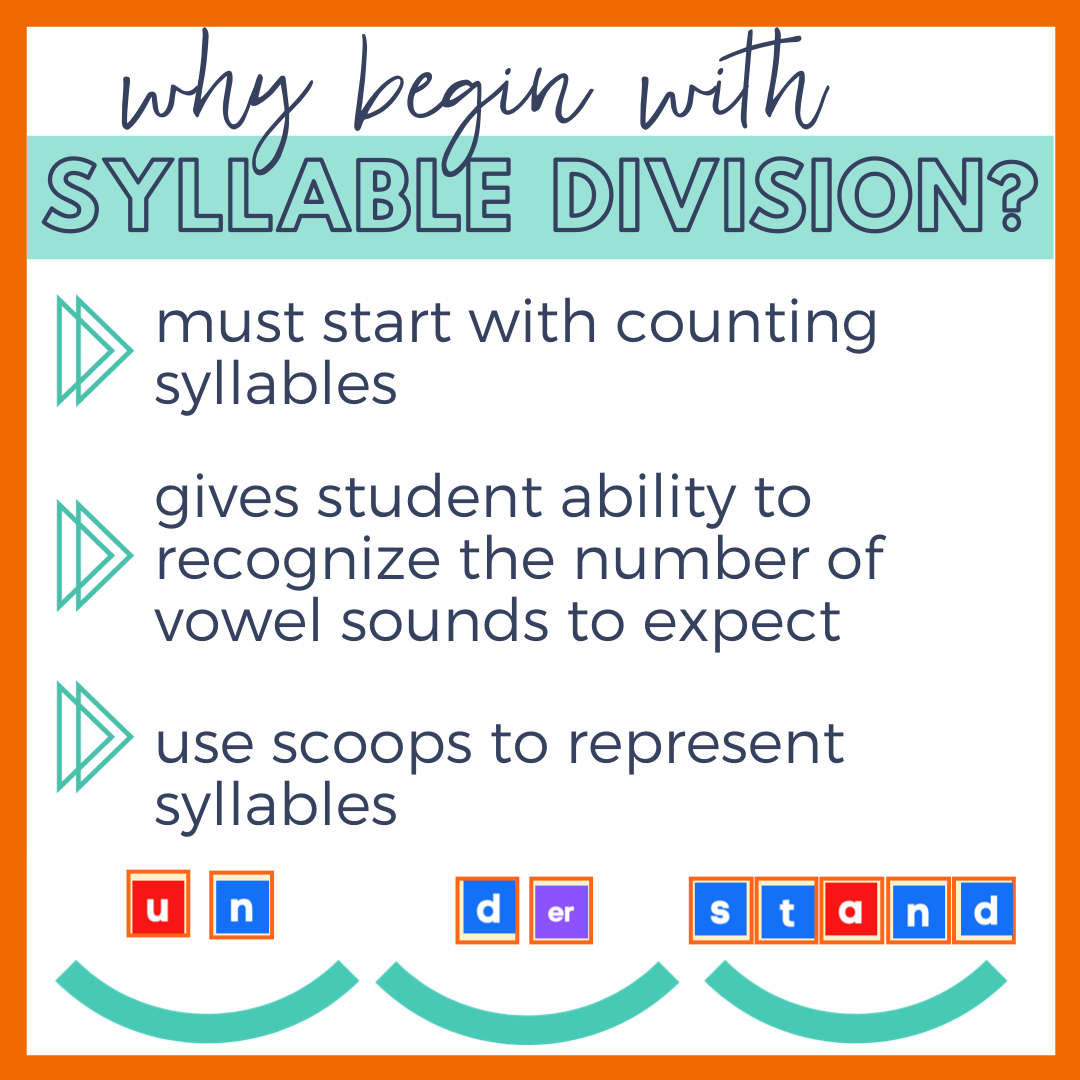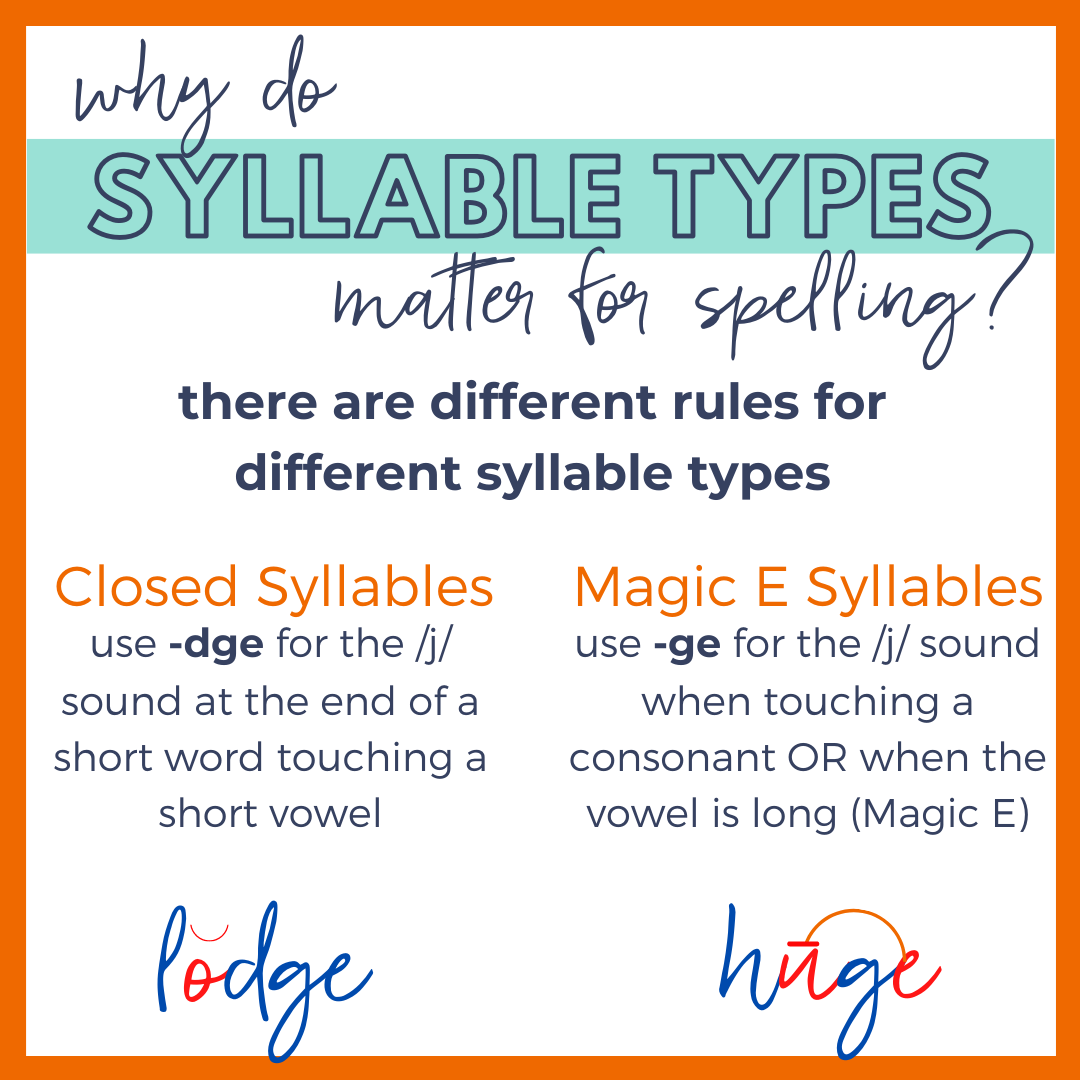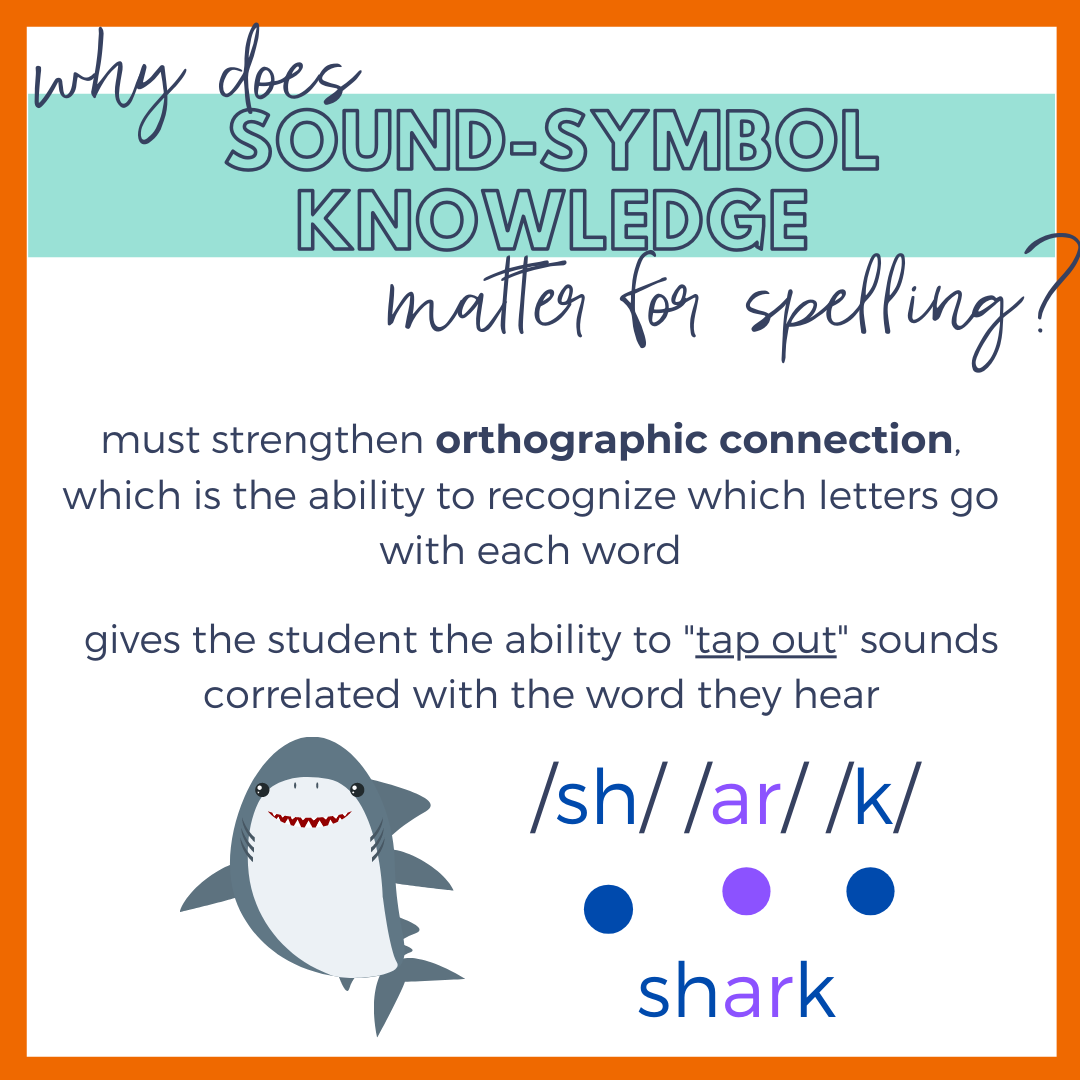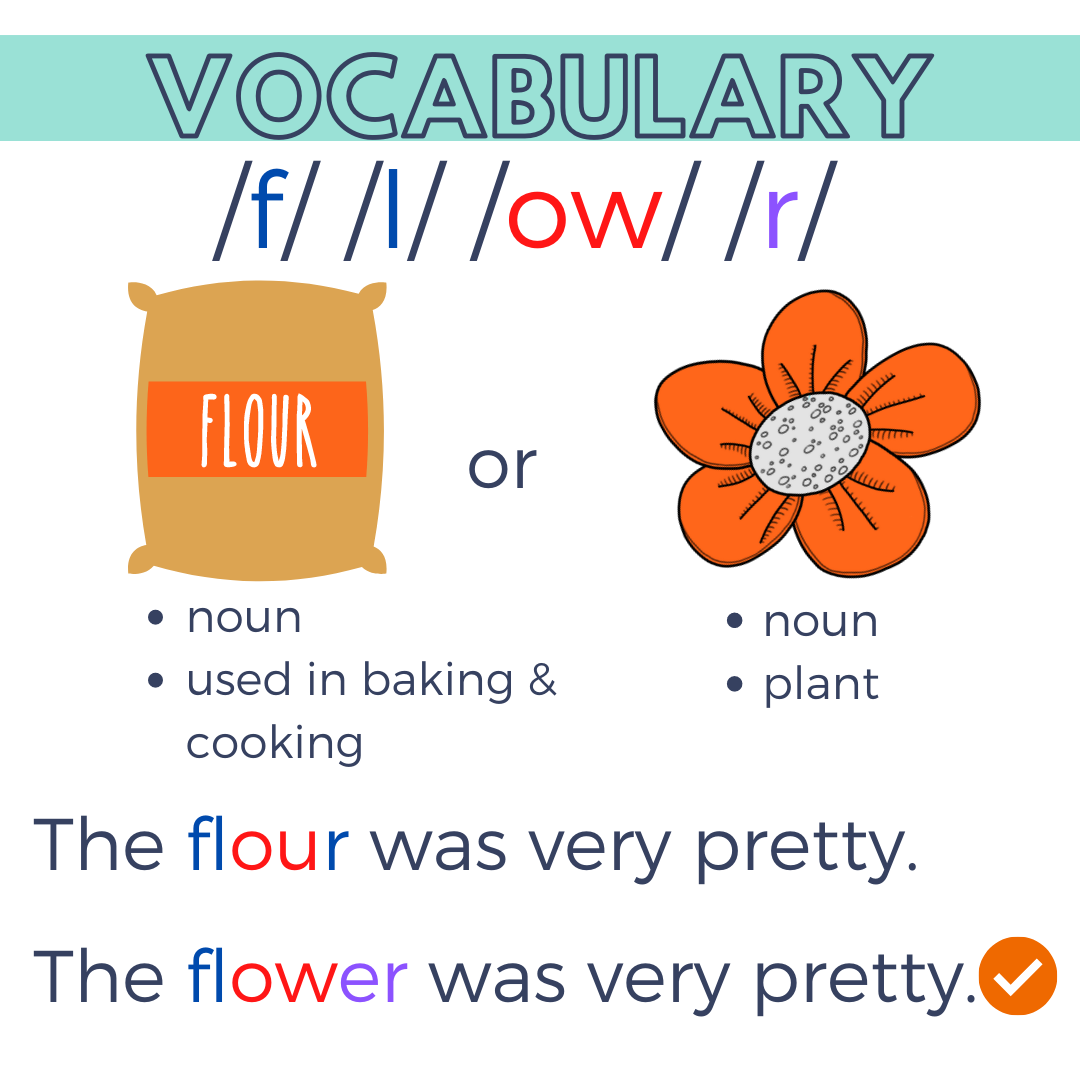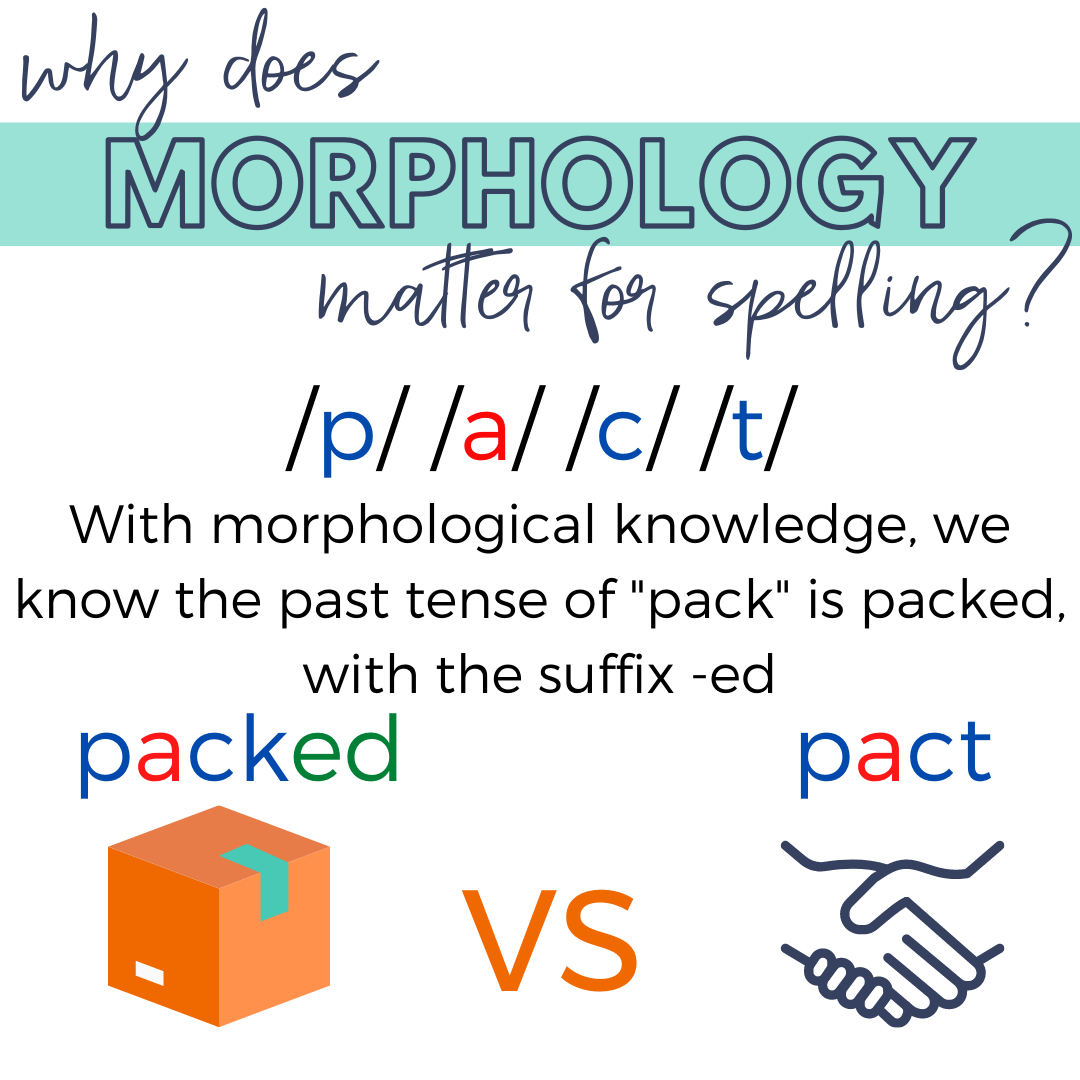How to Teach Spelling using a Research-Based Approach
Hi, friend!
When we think of reading intervention, our brains often go directly to, well - reading (I mean, it’s right there in the name!).
We need to remember, though, that reading intervention ALSO encompasses writing. Reading and writing are reciprocal processes - so we need to be addressing both.
Over the next 3 weeks, we are going to be talking ALL things writing, starting today with spelling!
First things first -
What is spelling and why is it so hard?
Spelling (or encoding if we want to get technical) is the application of various skills that we use to hear, identify, and produce the sounds that come together to form words.
In fact - spelling requires a student to hear the word correctly, syllabicate the word, segment the word at the phoneme (sound) level, identify what letter/letters make the sound they hear, remember any irregular patterns (i.e. patterns in lock words), remember any homophones and apply the correct spelling based on the meaning of the word they are attempting, and physically write/type their word. This is some complex stuff!
When teaching spelling, it is important that we follow these 7 Steps to a SMARTER Research-Based Instruction Framework (we use the acronym SMARTER to help remember each of the key components!)
1 - Systematic Instruction
Spelling instruction has a progression of skills that students will need.
The progression is the sequence or order in which you teach specific skills. In research-based instruction, skills are building on one another and progressing from the most basic concepts to the most complex concepts.
2 - Multisensory Instruction
Phonological awareness instruction should incorporate multiple senses wherever possible!
Many students struggle with spelling. One of the best ways to help support these students is to help them see and feel how words break down since many of them can’t process the sounds easily. You can do this by pulling in visuals, having students practice placing their hand under their chin to feel the drop in the vowel sound, and/or by using motor cues.
3 - Applied Instruction
Spelling instruction should be directly tied to sentences and paragraphs.
Think about your usual spelling test. If you are following a scope & sequence (which we all should be!) your words probably follow a pattern. If a student is working through ‘ai’ words and is asked to spell “train, plain, stain, snail, hailstorm” they may do really well because they’ve caught on to the pattern. This is NOT enough, however.
We then MUST have them apply these skills into sentences otherwise we risk them not making that connection & writing something like “The trane got stuck in the halestorm.” because they weren’t taught to apply the skills they worked on in isolation.
4 - Research Behind the Instruction
Research supports explicit & Systematic spelling instruction.
To teach or not to teach has become a common question among researchers and educators when it comes to spelling. Some have argued that spelling should not be directly taught because it doesn’t appear to be a good use of time in the classroom as the standard spelling list is “here today, gone tomorrow” for many students. In other words, they memorize the spelling list and then forget all the words the next week.
However, results from a comprehensive meta-analysis of experimental and quasi-experimental studies proved that in fact, spelling should be taught in the classroom. “Study results provided strong and consistent support for teaching spelling, as it improved spelling performance when compared to no/unrelated instruction or informal/incidental approaches to improving spelling performance.”
Graham, S., Santangelo, T. Does spelling instruction make students better spellers, readers, and writers? A meta-analytic review. Reading Writing 27, 1703–1743 (2014). So it’s clear we need to teach spelling, but how should it be taught?
“Children need systematic spelling instruction to learn how the writing system works and not just memorize how words are spelled. Phonics instruction is more effective than some other instructional approaches, but teaching phonics presents a simplified and in some ways inaccurate picture of English and some other writing systems. Studying words and the patterns they follow is more effective.”
Treiman, R. (2018), Teaching and Learning Spelling. Child Dev Perspect, 12: 235-239. This means we need to make sure we are teaching students how to spell using both a phonological (sound) and morphological/semantic (meaning) approach.
Spelling instruction needs to focus on
Sound-symbol knowledge
Vocabulary knowledge
Morphological instruction
In order to fully support spelling for our students. Now, if some of these concepts are new, don’t worry - we will explain them further in the explicit instruction section of this blog :) We’ve got you - examples are key!
5 - Targeted Instruction
You target spelling instruction by…
…understanding specifically where students have strengths and where the breakdowns are occurring.
When we start working with a student, we always give assessments to determine where they have holes/gaps and what skills they need to work on. Typically, their reading will look better than their spelling. It is important that we do both because that will give us the most accurate picture of where students need to begin in the program and what kind of instruction they need.
This screener (pictured to the right) shows a clear breakdown for this 4th-grade student starting at 2nd-grade level spelling. She will benefit from systematic, and explicit instruction here so that she can learn these phonograms and improve her spelling. If she just kept progressing through 4th-grade level work (without going back to fill in these holes/gaps) she would continue to struggle.
6 - Explicit Instruction
The biggest hallmark of research-based instruction is that the instruction must be taught explicitly, meaning that we don’t assume students have prior knowledge of foundational reading and spelling concepts just because of their age or spelling ability (these kids are smart - often they have a LOT of words memorized/compensatory strategies so it is important we assess their abilities to see if there are underlying struggles). When we teach spelling, the explicit skills we want to target include phonological awareness skills like segmenting syllables and phonemes, vocabulary in context, and morphology.
Again keep in mind, that these skills will be taught over time. With our youngest students, we start with JUST sound-symbol knowledge because they will only work on single-syllable words. We will add in vocabulary as it becomes appropriate, syllabication as words get more advanced, and then morphological concepts when they have either completed their syllable types OR as they are ready for it if students can manage to learn another skill.
7 - Realistic Instruction
Do what you can with what you have, where you are.
Now obviously there is A LOT that goes into research-based instruction for spelling, but again, it does not have to be difficult. One of the best things you can do is to have students start by breaking their words into syllables and then sounds. As you work through the phonograms/morphological concepts, you can review them and help students apply them. No extra materials are needed. The best instruction is the instruction you can actually deliver and keep up with, without burning yourself out!!!
If you liked these tips and are interested in research-based activities to use in your instruction, then check out the 5CCL Activity Library. This library has hundreds of resources you can use to target instruction in all 5 core components of literacy (+writing). Click below to learn more!


